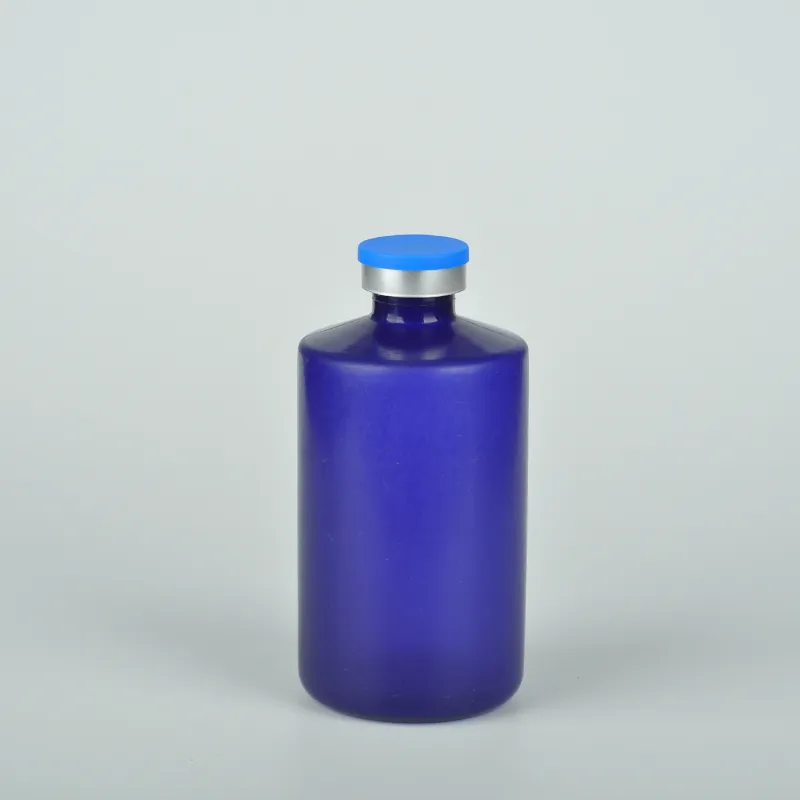Exploring the Role of Coagulation Blood Bottles in Hemostasis and Diagnostic Testing Practices
Understanding Coagulation Blood Bottles An Essential Tool in Hematology
Coagulation tests are fundamental in the practice of medicine, as they help in diagnosing and managing various conditions related to blood clotting. One of the critical components in conducting these tests is the coagulation blood bottle, a specialized container designed to collect and preserve blood samples for later analysis. This article delves into the importance, types, and proper usage of coagulation blood bottles.
Importance of Coagulation Testing
Coagulation tests assess the blood's ability to clot and identify abnormalities in the hemostatic system. These tests can detect conditions such as hemophilia, von Willebrand disease, and the risk of thrombosis. Accurate and reliable results from these tests are crucial for effective patient management, determining appropriate treatment plans, and monitoring the efficacy of anticoagulant therapies.
Types of Coagulation Blood Bottles
Coagulation blood bottles are typically color-coded based on the type of additive they contain, which is essential for the preservation of blood components and the accuracy of test results.
1. Blue Top Bottles These bottles usually contain sodium citrate, an anticoagulant that binds calcium in the blood. They are commonly used for tests like Prothrombin Time (PT) and Activated Partial Thromboplastin Time (aPTT), which evaluate different pathways of blood coagulation.
2. Gray Top Bottles Some gray top bottles contain additional additives like sodium fluoride, which helps preserve glucose levels and inhibits glycolysis. While not standard for coagulation tests, they can be useful in specific scenarios where metabolic assays are necessary alongside coagulation profiles.
3. Other Additive Bottles Depending on the laboratory protocol, other color-coded bottles may contain specific anticoagulants or preservatives tailored for unique tests, facilitating further analysis as required.
coagulation blood bottle

Proper Usage of Coagulation Blood Bottles
To ensure the integrity of the blood sample and obtain accurate results, healthcare professionals must adhere to strict guidelines when using coagulation blood bottles
1. Sample Collection Blood should be drawn using a sterile technique, and the correct bottle should be selected based on the tests ordered. The order of draw is critical in preventing contamination from additives in other tubes.
2. Mixing After collection, it’s important to gently invert the bottle several times to mix the anticoagulant with the blood, ensuring proper preservation.
3. Timing Coagulation testing should ideally be performed as soon as possible after blood collection. If there is a delay, the samples should be stored at room temperature and analyzed within the recommended time frame to avoid degradation of clotting factors.
4. Transport Samples should be transported under appropriate conditions, avoiding extreme temperatures that could affect the stability of the blood components.
5. Laboratory Protocols Each laboratory may have its protocols regarding the handling and processing of coagulation samples. Adherence to these guidelines ensures standardization and reliability of test results.
Conclusion
In conclusion, coagulation blood bottles play a fundamental role in hematology, facilitating accurate blood coagulation testing essential for diagnosing and managing clotting disorders. Understanding the types of bottles and adhering to proper sample collection and handling techniques are crucial for laboratory professionals. As the field of hematology continues to evolve, advancements in technologies and methodologies will likely enhance the precision and efficiency of coagulation testing, ultimately improving patient outcomes.
-
Plastic Medicine Liquid Bottle: Secure Flip Top Drug VialsNewsAug.17,2025
-
Durable 250ml Blue Plastic Vaccine Vial for Lab & Vet UseNewsAug.16,2025
-
Sterile Virus Sample Tubes: Secure & Reliable Specimen CollectionNewsAug.15,2025
-
White 250ml Plastic Vaccine Vial for Lab & Vet MedicineNewsAug.14,2025
-
Premium Clear Plastic Vaccine Vials for Lab & Vet MedicineNewsAug.13,2025
-
Plastic Clear Vaccine Vials | Lab & Vet Liquid StorageNewsAug.12,2025
























